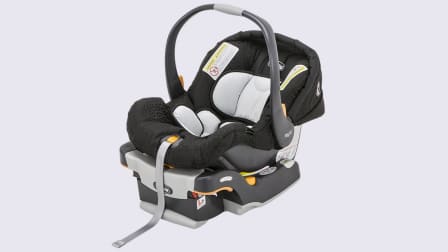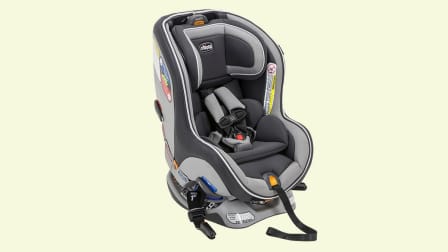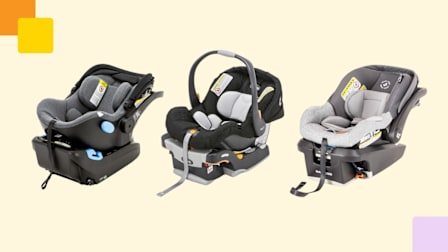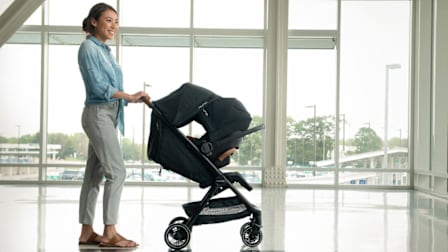Can You Reuse or Donate Your Car Seat?
Our interactive decision tree will walk you through the key considerations and help you determine if it's safe
One day your child is going to outgrow their car seat, leaving you wondering what to do with it.
Many parents save it for their next child, while others pass it on to someone they know.
Use the interactive tool below to help decide whether it’s safe to reuse that car seat or whether it’s time to retire it altogether. For more guidance, read on for more information about how car seat expiration dates, crash history, and recalls will have an impact on your decision.
Check the Car Seat's Expiration Date
Many parents don’t realize that child car seats have an expiration date, or some may speculate that those dates are only a manufacturer’s marketing ploy to sell more car seats. The truth is that they exist for good reasons.
Know the Crash History of the Car Seat
If the seat has been in a car that’s been involved in a crash, the crash forces could have weakened the structural integrity of key components beyond what the naked eye can see.
Many car seats look just fine following tests in our dynamic test protocol, but many times components are cracked, broken, or deformed upon closer inspection. That’s why it’s important to dispose of a car seat that has been in a moderate to severe crash.
Check for Recalls
Check to see whether there have been any recalls of the car seat, and if so, make sure the problem has been addressed. Not every recall is a safety recall, but every recall is important to follow up on, even if it’s just a minor fix.




























































